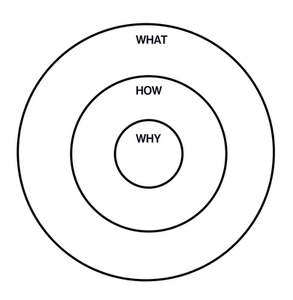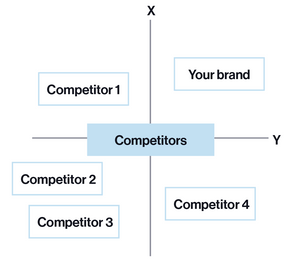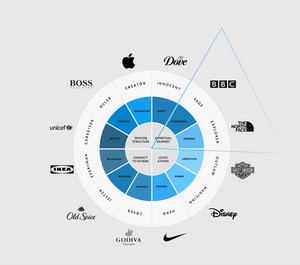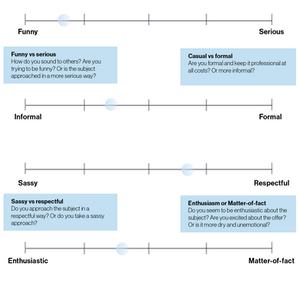Brand strategy is at the heart of any truly impactful brand. I’ve listed below four key steps I want to walk you through in order to define your brands strategy.
Brand strategy is at the heart of any truly impactful brand. I’ve listed below four key steps I want to walk you through in order to define your brands strategy. The process I take clients through is the 4 E's - Envision, Empathize, Elevate and Express.
This is about nailing the ideal future for your brand and business - diving deep into the “why” you do what you do.
Why this is important? Before we define how we are helping your customers, we need to know ourselves, our motives, drivers so we can position our business in a way that helps our customers and aligns with us as people.

Through this we want to define your mission statement. They typically look like: "To ______(contribution you want to make) so that __________ (the impact that has).
See the top examples of mission statements here.
This is an idealized representation of your business’ target audience. Although fictional, profiles should be based on market research and real data on your existing customers. Having a clear persona helps you make more informed decisions that better serve your customers needs.
Why this is important? Think of it as a rerference point when creating new content for social or mapping out your next product - is it in the best interest of your customers?
Things to consider - The more realisitic this persona is for you the easier it is for you to empathize - I suggest surrounding yourself with your ideal customers to get more of an understanding of what they really want.
Top tips on empathizing with your audience here.
The objective of market positioning is to establish the image or identity of a brand or product so that consumers perceive it in a certain way.
Why this is important? This can be very difficult to do with little data, I suggest receiving extra help to help you define the best two areas to be competing on.

Through this we want to define your positioning statement. They typically look like: "We help ______(your customer) who __________ (problem) to achieve/experience _________________ (benefit). Unlike _________________ (competitive alternative) our solutions are _________________ (difference).
Defining personality helps you resonate with your customers. These are rough examples of directions other brands have taken when associating their brand with personality.

Personality
These are references to a few of the factors that influence the behaviour of some brands. Although some are quite generalised, see what personality traits resonates the most with your mission statement and who you are talking to.

Through this we want to define snippets of your tone of voice. They typically look like: "We are_________, but we are not ____________."
Feel free to contact me and ask me anything. I’m here to help - hello@soleil-studio.com.au.
Book a call